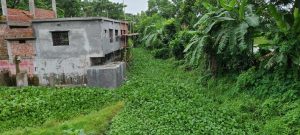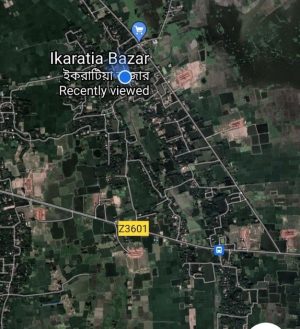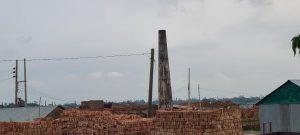Change is the only constant in life. The environment in rural Bangladesh is undergoing a drastic transformation. Recently, I travelled to Bangladesh and spent most of my two-month stay in rural areas. I paid close attention to the changing landscape and the environment. My observations are limited to a certain region and may not reflect the whole scenario in rural Bangladesh; however, degradation in the environment appears to be common in all regions in the country.
The adverse impact of brick kilns is manifested by damage to crop fields, vegetation, and fruit-bearing trees. Local people showed me damaged, immature coconuts, betel nuts and jackfruits. Apparently, these fruits do not grow as they did in the past. The paddy fields around brick kilns turn yellowish and lack proper pollination. Poultry farms are constructed in residential neighborhoods without any monitoring of their quality and compliance with any set policies. Consequently, these farms have become the source of pungent smells that cause tremendous discomfort for people who live near them. In addition, run-off from these farms is a source of various pathogens and nutrient loads in nearby water bodies. Many of the fish ponds are built along roadsides. This causes soil erosion along roads that results in people’s suffering and financial loss to the government, due to frequent repair of those roads. Additionally, the content of the fish feed is not controlled by any authority. It is suspected that the fish feed contains various toxic metals and pathogens. Local sources told me that the fish feed is prepared from tannery waste and other biosolids that are likely to contain pathogens. A systematic study is needed to determine the content of fish feed, poultry feed, and cattle feed in Bangladesh. If not monitored and controlled before it is too late, the brick kilns, poultry farms and fish ponds will probably become time bombs that will destroy human health, water quality, fruits and vegetation of the country.
(The author produced the featured image for this post showing the location of the brick kilns on a Google map.)




